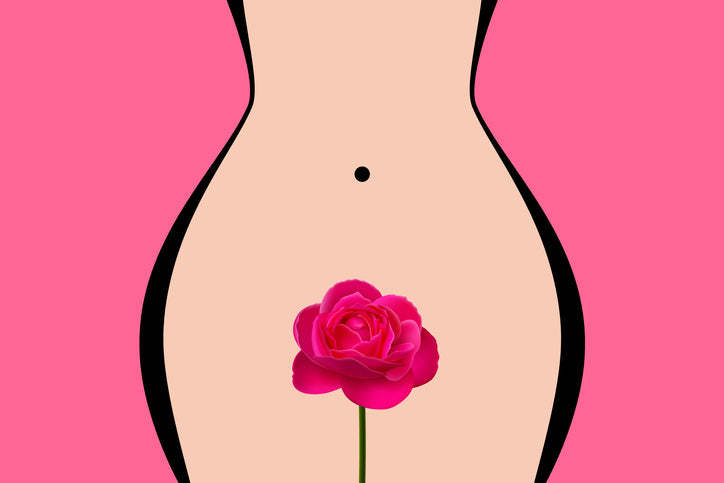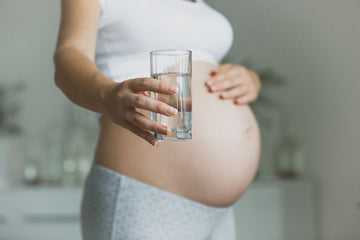Your Changing Vagina (And Uterus) in Your 20s, 30s, and 40s

Let’s face it, you probably haven’t done much research on your vagina lately, right? How about your uterus? Once you hit your adult-stride in your mid-twenties, your vagina actually grows up, too! The extra puberty-pudge that caused your labia to ‘swell’ disappears. (Wouldn’t it be nice if all excess weight just vanished like that?) That’s not the only change that occurs below the belt. As the years fly by, your vagina and uterus both mature, presenting new challenges with pain and discomforts, or when trying to get pregnant, and with having sex.
You should know the basic anatomy of your vagina (and vulva), but just in case, let’s review:
The inner and outer labia and the clitoris are called the vulva. The vagina is the inner area, a structure about 8-12 centimeters long that connects the vulva with the cervix.
The uterus sits behind the bladder and in front of the rectum and is pear-shaped. It expands throughout a pregnancy and contracts to return to a smaller size afterward. It is also the home of a woman’s ovaries – meaning that it sheds blood every cycle that an egg is not fertilized.

Your Changing Vagina, Vulva, and Uterus
From your early twenties into your early thirties, your labia majora thin out and remain quite tight (just like that glowing 23-year-old skin that keeps you looking like you stepped off a runway). By mid-thirties, however, you will notice your labia minora looking a bit purple. While every woman is different, every vulva still ages. This happens with pregnancy and with age. The moment you start noticing those facial laugh-lines appear, grab a mirror and see what else is changing.
As you hit your 40s, you may notice your cycles shortening. About 5-10 years prior to the completion of menopause, your uterus starts taunting you. You will still have a cycle, but your body won’t easily get pregnant. Not only does this leave you feeling frustrated, but you’ll also find yourself possibly peeing your pants a bit here and there. The tendons, muscles, and tissues that keep your uterus in place have now been stretched due to weight gain, weight loss, pregnancy, aging, and high-intensity workouts throughout the years. This loosens your pelvic floor.
SEX
Sex is very important as your vagina ages! Not only can you practice those kegels live in the moment, but sex helps prevent the dreaded low-estrogen ‘desert’ effect. The shift in hormones causes inflammation, thinning, and the extreme drying out of the vaginal walls. This leads to burning and itching. Here’s the kicker, though: sex can keep your vagina feeling young.
Fertility
A woman’s peak reproductive years last until her late 20s. “By age 30, fertility starts to decline. This decline becomes more rapid once she reaches her mid-30s. By 45, fertility has declined so much that getting pregnant naturally is unlikely.” According to the American Society of Reproductive Medicine, “Women do not remain fertile until menopause. The average age for menopause is 51, but most women become unable to have a successful pregnancy sometime in their mid-40s. These percentages are true for natural conception as well as conception using fertility treatment, including in vitro fertilization.”
That being said, “the number of births to women ages 35 to 49 has tripled since the 1970s.” No matter your age, if you are healthy and lead a healthy lifestyle, you are likely to have an uneventful (a good thing!) pregnancy with a positive outcome. So, if you have decided to wait to get pregnant, you definitely are not alone.







